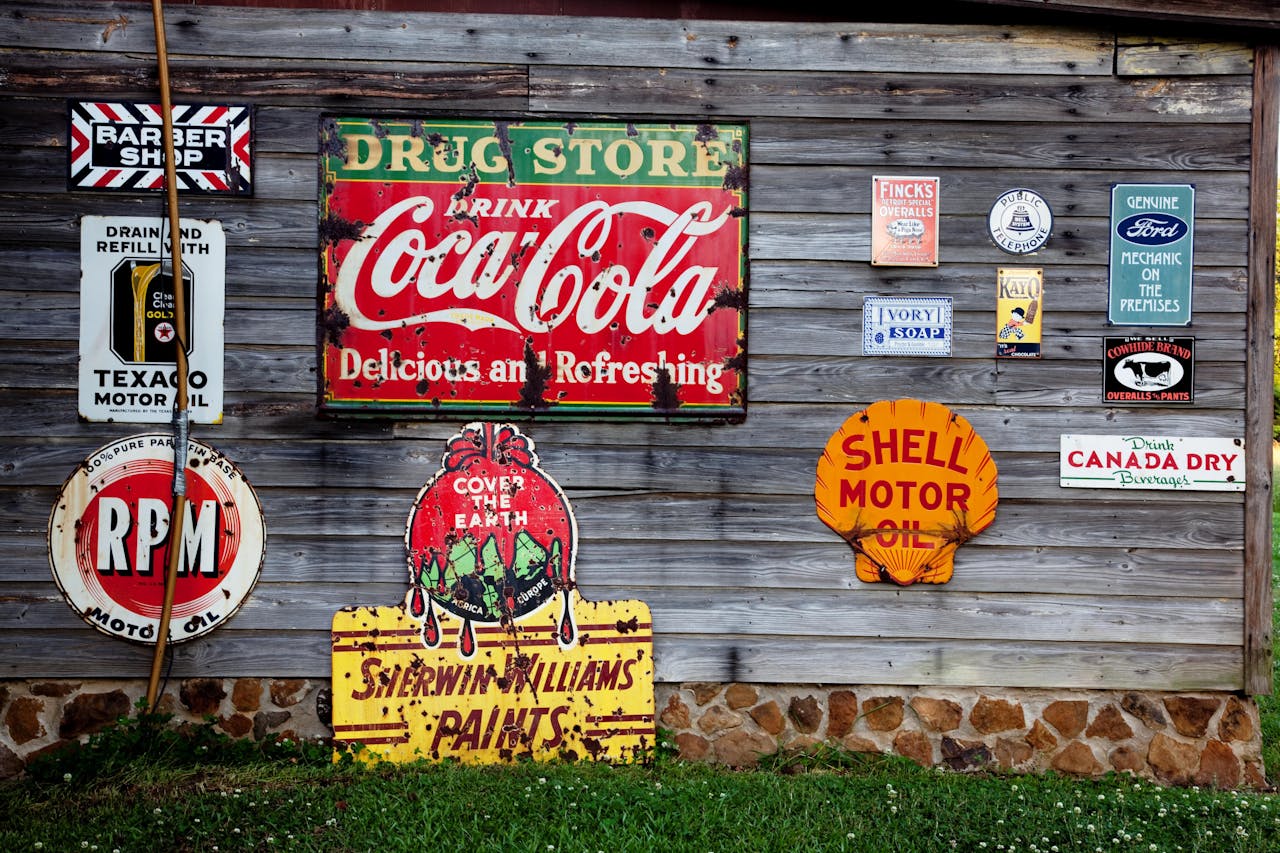t might sound like a game of semantics—but this distinction matters more than most marketers realize.
Too often in B2B organizations, teams equate paid media performance directly with pipeline results. But here’s the reality: paid channels like Google Ads or LinkedIn Ads don’t generate pipeline on their own. They generate qualified traffic.
That might seem like a small difference, but that framing has a huge impact on how you approach, optimize, and report on your paid campaigns.
Let’s break it down.
What You Can (and Can’t) Control in Paid Media
When you’re running ads, you’re working within a distribution channel. And while you can tweak and optimize many elements, your control is limited to a specific set of levers:
- 🎯 Targeting
- ✍️ Ad creative
- 💬 Messaging
- 🎁 Offer
- 🔗 Traffic destination (landing page, etc.)
- ⚙️ Technical settings (bidding strategy, audience types, etc.)
Every one of these influences the quality of the traffic you’re driving. The better your match between search intent and ad experience, or audience targeting and offer relevance, the better your results will be.
But notice something important: none of these directly guarantee pipeline. They only improve the odds by attracting the right people.
Why This Distinction Matters
If you treat paid media as the sole source of pipeline, your team may expect it to carry the full weight of revenue performance. That’s not only unrealistic—it’s also inefficient.
Paid media is part of a larger system. It brings qualified visitors to your door. But converting those visitors into customers? That requires alignment and support from:
- Sales (to follow up efficiently and effectively)
- Product (to ensure the offer and experience match needs)
- Operations (to support smooth handoffs and onboarding)
- Other distribution channels (to reinforce trust and messaging)
If those systems aren’t aligned, you’ll end up blaming the ad channel for problems that originate elsewhere in the pipeline.
The Framework: Paid Media Drives Qualified Traffic → Team Drives Pipeline
Think of it like this:
Paid media ≠ pipeline. Paid media = qualified traffic. Pipeline = qualified traffic × aligned team action.
Reframing the purpose of paid media forces more strategic thinking and team-wide collaboration. It shifts the conversation from “How do we get more leads from Google Ads?” to “How do we ensure the right visitors take action—and how can the team help move them forward?”
Real-World Example: Google Ads Isn’t “Working”
This comes up all the time in client conversations:
🗣️ “Google Ads leads are down.”
🗣️ “Performance isn’t what it was in Q1.”
🗣️ “We need more pipeline this month—can paid help?”
And the answer is: maybe. But not always through in-channel optimizations.
Here’s the exact exercise I walk through with B2B SaaS clients when Google Ads performance dips:
Step 1: Are We Appearing for the Right Search Terms?
Is your campaign showing up for intent-driven, high-quality keywords? Are you surfacing on searches that signal real interest—not just top-of-funnel research?
Step 2: Are We Bidding on the Right Keywords?
Are you investing in high-intent keywords with commercial value? Or is your budget going toward vanity terms?
Step 3: Are the Ads Aligned With Search Intent?
If someone searches for “best software for warehouse inventory,” does your ad offer clarity, a relevant solution, and a strong incentive to click?
Step 4: Is the Landing Page Aligned With the Intent?
When they land on your site, do they find what they’re looking for—quickly? Is your page focused, helpful, and designed for conversion?
If you’ve answered YES to all of the above—and performance is still down—then guess what?
👉 The problem might not be in the paid media channel.
Maybe your sales team is slow to follow up. Maybe your lead scoring is misaligned. Maybe your offer isn’t resonating anymore. Or maybe seasonality is at play.
Shifting the Team Mindset Around Paid Media
This shift isn’t just operational—it’s cultural. Leadership, marketing, and sales need to align on what paid media is built to do:
- It helps you reach the right audience.
- It helps you earn a click.
- It helps you drive traffic to your site.
But it does not:
- Guarantee that traffic converts.
- Guarantee that sales will follow up.
- Guarantee pipeline or closed-won revenue.
Paid media is one critical leg in the performance stool, but the other legs—product, sales, content, operations—have to hold their weight.
So What Do You Optimize?
Here’s where you focus your in-channel energy:
- Increase traffic quality, not just volume.
- Match your messaging to your audience’s intent.
- Reduce friction on the landing page.
- Retarget users who didn’t convert—but showed interest.
- Sync campaigns with sales cadences (especially in LinkedIn Ads).
And outside of the channel, focus on:
- Sales readiness and CRM follow-through.
- Strong lead nurture and onboarding flows.
- Ensuring marketing and sales KPIs align.
Final Thoughts
If you want to build predictable pipeline from paid media, the first step is to respect its true function: paid media drives qualified traffic. Full stop.
The moment your team starts treating it as the pipeline engine, you’ll misdiagnose problems and waste budget chasing ghosts.
The fix isn’t more budget. It’s better clarity, collaboration, and strategic alignment between every part of the funnel.
Because when paid traffic is high-quality and your team is aligned to convert it—that’s when pipeline happens.

Hi there! I’m Scott, and I am the principal consultant and thought leader behind Stratus Analytics. I have a Master of Science degree in marketing analytics, and I’ve have been providing freelance digital marketing services for over 20 years. Additionally, I have written several books on marketing which you can find here on Amazon or this website.
DISCLAIMER: Due to my work in the packaging industry, I cannot take on freelance clients within the packaging manufacturing space. I do not want to provide disservice to your vision or my employer. Thank you for understanding.
